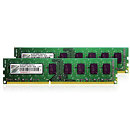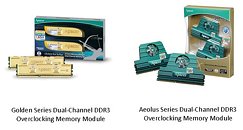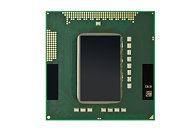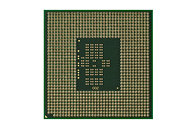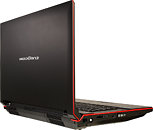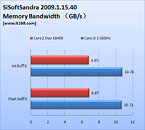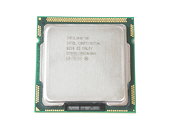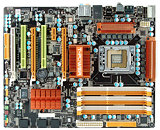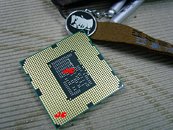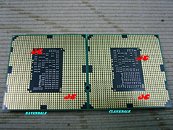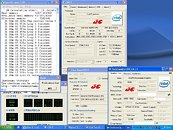
Intel Plans Core i7 and Core i5 Dual-Core Ultrathin Notebook Processors in 2010
Intel recently released quad-core notebook processors based on the Nehalem architecture. The company wants to further develop its ultrathin notebook processor portfolio with three new dual-core processors based on the "Arrandale" core, carrying the Core i7 and Core i5 brand identifiers. These models are slated for launch in the first half of 2010. Included, are the Core i7 640UM, Core i7 620UM, and Core i5 520UM. While the Core i7 640UM is clocked at 1.20 GHz, the Core i7 620UM and Core i5 520UM carry the same clock speeds of 1.06 GHz. We would imagine a feature such as HyperThreading Technology to differentiate the two.
While the clock speeds may seem low, it is important to note that these ultra low voltage processors succeed similarly clocked Core 2 Duo SU9000 and SU7000 series processors. Speaking of which, in the run up to the new chips, Intel will introduce six new models within Q4 2009, namely Core 2 Duo models SU9600, SU9400, SU7300, Pentium models SU4100, SU2300, and Celeron 743. The Core i7 640UM, 620UM, and Core i5 520UM are expected to be available to manufacturers at US $305, $278, and $241, respectively. All prices are in 1000-unit tray quantities.
While the clock speeds may seem low, it is important to note that these ultra low voltage processors succeed similarly clocked Core 2 Duo SU9000 and SU7000 series processors. Speaking of which, in the run up to the new chips, Intel will introduce six new models within Q4 2009, namely Core 2 Duo models SU9600, SU9400, SU7300, Pentium models SU4100, SU2300, and Celeron 743. The Core i7 640UM, 620UM, and Core i5 520UM are expected to be available to manufacturers at US $305, $278, and $241, respectively. All prices are in 1000-unit tray quantities.

